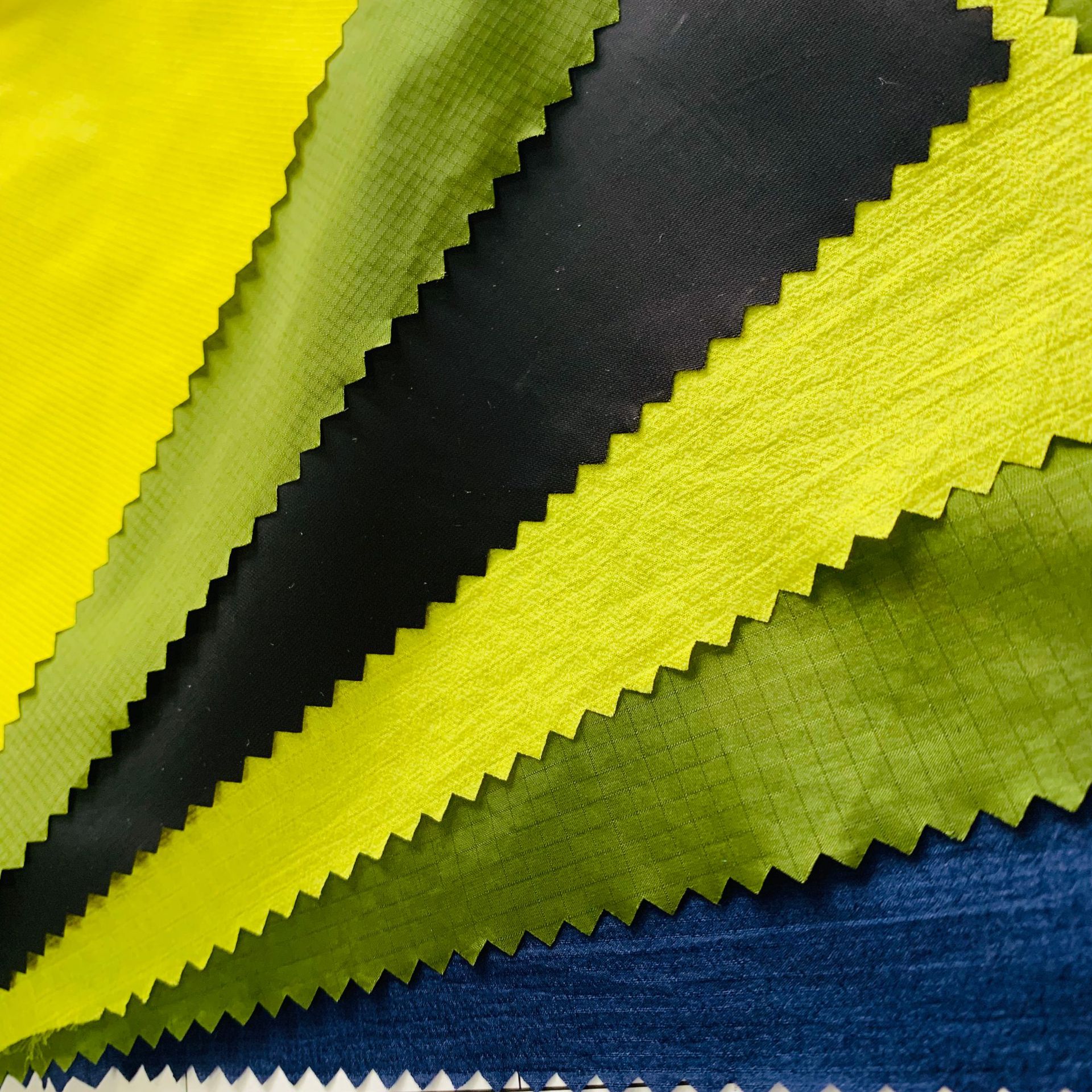The Sustainable Fabrics Standard And Testing For Outdoor Gears
As concern more to our own heathy and our Earth, we people are now making an effort to live more sustainable lifestyles.
We are fortunate to live in a world of iconic natural beauty, inspiring landscapes and bountiful waters. Going Outdoors to hike, bike, camp, fish, hunt or just walk around the neighborhood orients ys to the natural world. Outdoor recreation supports healthy communities, contributes to a high quality life and – perhaps most importantly- attracts and sustains business and families.
The main materials for making outdoor camping recreational gears ( tents, hammocks, tarps, sleeping bags, hammocks, blankets, sleeping pads etc ) are fabrics.
Businesses are taking steps to reduce the negative impact they have on the enviorment. Sustainable fabric has been a growing trend in the fashion industry for some time, but there are far more widespread applications coming into play now — including outdoor recreational textile gears, military and medical use.
So What Is Sustainable Fabric?
In a larger sense, sustainable fabric is a kind of fabric that is harmless to people’s health and the environment during the whole life circle from production, consumer, recycle and discard disposal. It has four basic premises :
- resources renewability and reusable.
- no environmental pollution in production
- harmless to the human body
- it can degrade in the natural environment after discarding
Ideally, conforming to the above conditions, they are natural fabrics. So for many years, the idea of sustainable textiles was basically synonymous with natural fibers.
In a narrow sense, sustaianable fabric is a kind of fabric conform to “sustainable” standard made by international textitle organization, which is harmless to the enviroment and human body by modern technology testing. It focus on the final result- the finished fabric is harmless.
Currently,synthetic fibers, which typically include polyester, nylon and acrylic. are explained by this narrow sense for sustainable.
Common Eco-Friendly and Sustainable Testing For Fabrics (China Standard)
| Testing Items | Unit | Limit | A Grade Baby Products |
B Grade Direct skin contact |
C Grade Indirect to Skin contact |
|
| PH vaule | 4.0 -7.5 | 4.0 -7.5 | 4.0-9.0 | |||
| Free Formaldehyde | mg/kg | ≤ | 20 | 75 | 300 | |
| Extractable Heavy Metals | stibium | mg/kg | ≤ | 5.0 | 10.0 | 10.0 |
| arsenic | 0.2 | 1.0 | 1.0 | |||
| plumbum | 0.2 | 1.0 | 1.0 | |||
| cadmium | 0.1 | 0.1 | 0.1 | |||
| chromium | 1.0 | 2.0 | 2.0 | |||
| Cr(VI) | 0.5 | 0.5 | 0.5 | |||
| cobalt | 1.0 | 4.0 | 4.0 | |||
| cuprum | 25.0 | 50.0 | 50.0 | |||
| Nickel | 1.0 | 4.0 | 4.0 | |||
| Hg | 0.02 | 0.02 | 0.02 | |||
| PCP(residue of organochlorine pesicides ) | PCP, 2,3,5.6-Tecp | mg/kg | ≤ | 0.05 | 0.05 | 0.05 |
| dyestuff identification | Banned AZO Dyes | mg/kg | ≤ | 20.0 | 20.0 | 20.0 |
| Carcinogen Dyes | 0.0 | 0.0 | 0.0 | |||
| Allergic dyestuffs | 60.0 | 60.0 | 60.0 | |||
| Color Fastness | To Water | Grade | ≥ | 3 | 3 | 3 |
| To Perspiration Acid | 3~4 | 3~4 | 3~4 | |||
| To Perspiration Alkaline | 3~4 | 3~4 | 3~4 | |||
| To Rubbing Dry | 4 | 4 | 4 | |||
| To Rubbing Wet | 2~3 | 2~3 | 2~3 | |||
| To Saliva | fadeless | fadeless | fadeless | |||
| Abnormal Smell | No odor | No odor | No odor | |||
Commonly used textile testing standards.
GB (China ), EN( by CEN European countries), AATCC ( American association of textile chemists and colorists) , ASTM( American society for testing and materials)
US CPSC ( US consumer product safety commission ), ISO ( International organization for standardization), DIN (Germany), JIS (Japan), BS ( Britian), AS (Australia and New Zealand)
Famous Third Party Textile Inspection Organization.
SGS, BV, ITS(intertek), CTI (center testing international), TUV rheinland, they can provide the worlds’ leading inspection, verification, testing and certification services. They are recongnized as the global benchmarj for quality and integrity.
Every businesswan related into the outdoor textile industry should know fabric testing standards. Especially he or she wants his brand to be sustainable.
In conculsion, when we look for a sunstainable fabric for outdoor recreational / camping gears, it does not only mean to us that we need recycled or biodegradable one ,but also the fabric is harmless to our human body and environment.
And it is also very important to stipulate the fabric eco-friendly standards before you place the orders to your suppliers. For example, in default, we handle the order by China standard B grade fabric for our blankets, it will definetly has some difference compared to the standard of ASTM.
No doubtly we could provide OEKO-Tex 100 certificated fabrics for our camping/ outdoor blankets. The premise is that the buyer must tell us they need it or not, it will siginificantly impact the prices.
Any more questions, or wanting to know more, please feel free to contact us by email.

